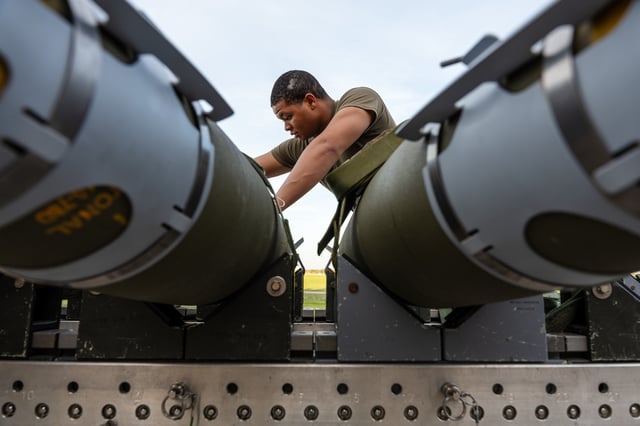Overview
- Late-April trials at Eglin Gulf Test Range validated the 500-pound Quicksink’s ability to rapidly sink maritime targets when dropped from a B-2 Spirit stealth bomber.
- The lighter variant is based on the GBU-38 JDAM and enables B-2s to carry more munitions, engage multiple vessels per sortie and evade sophisticated defenses.
- Quicksink converts existing GPS-guided bombs into low-cost, precision anti-ship weapons without requiring new delivery platforms.
- The programme advances the Air Force’s multi-domain, anti-access/area-denial strategy by bolstering sea-denial capabilities in contested waters.
- Cross-command collaboration among the Air Force Research Laboratory, Air Force Test Center and 53rd Wing accelerated the weapon from concept to live-fire in under a year.

